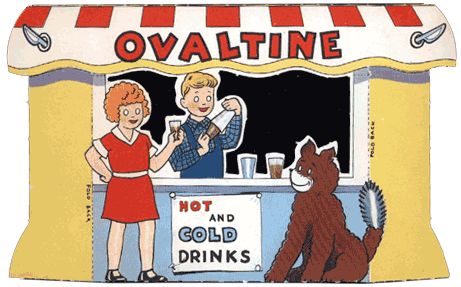Many diseases from the early twentieth century are all but eradicated today because of vaccines that were given to children. Poliomyelitis, or infantile paralysis, is one of those diseases. Up until the 1960s, parents lived in fear that their children would catch the polio virus and be crippled the remainder of their lives.
During the 20s and 30s, that was a very real threat. Polio epidemics would hit cities or areas of the country causing parents to panic. Polio was spread through an unknown pathogen at that time. During these epidemics schools, cinemas, public swimming pools, and sports arenas would be closed to try to prevent the spread of the disease.
 The polio virus most often struck infants and children causing paralysis in limbs. It attacked nerves that activated muscles causing the muscles to be paralyzed. After the virus ran its course, whichever muscles that were affected by the virus would be weakened or possibly paralyzed for life. With rehabilitation and therapy concentrated on the affected muscles, often the children would see improvement in muscle strength. Many children were able to get around with the help of leg braces and crutches.
The polio virus most often struck infants and children causing paralysis in limbs. It attacked nerves that activated muscles causing the muscles to be paralyzed. After the virus ran its course, whichever muscles that were affected by the virus would be weakened or possibly paralyzed for life. With rehabilitation and therapy concentrated on the affected muscles, often the children would see improvement in muscle strength. Many children were able to get around with the help of leg braces and crutches. For decades, parents faced the fear of their children contracting the disease. They would watch as healthy children were overtaken by the virus, unable to stop the debilitating disease. The medical means to help the affected children continued to improve over the early 20th century, but no cure was found.
| Diagram of Iron Lung |
When the disease attacked the lungs, the child would die because the lung muscles became paralyzed. By 1928, an iron lung was developed to save the lives of children by being placed in a container that used negative air pressure to suck air into lungs that were paralyzed.
| Polio ward full of iron lungs |
The children would have to live in the iron lung while the disease ran rampant in their bodies. They would breathe with the use of the machine for two to three weeks until the muscles that worked their lungs would return to normal use. In some cases, children needed to use the iron lung for years. These devices kept many children alive from the 30s up until the 50s. Many hospitals had polio wards during these years helping the children breathe.
After much research and experimentation, Jonas Salk found a vaccine for polio. The Salk vaccine was tested during the early 1950s and given by injection to children. Albert Sabin perfected the vaccine so that it could be delivered orally by 1960. This vaccine was in wide use during the 60s given to millions of children across the country. After that time, poliomyelitis became less prevalent and declared eradicated by 1994.
I remember standing in line waiting for the polio vaccine to be given to me orally as a child. I had no idea then how thankful my parents probably were to have this available for us to prevent this terrible disease. A sister of one of my grade school classmates had polio and walked with braces. This wasn't uncommon when we were children.
Do you know anyone who had polio while they were young?
Information taken from Wikipedia - Iron Lung and Facts about Polio








